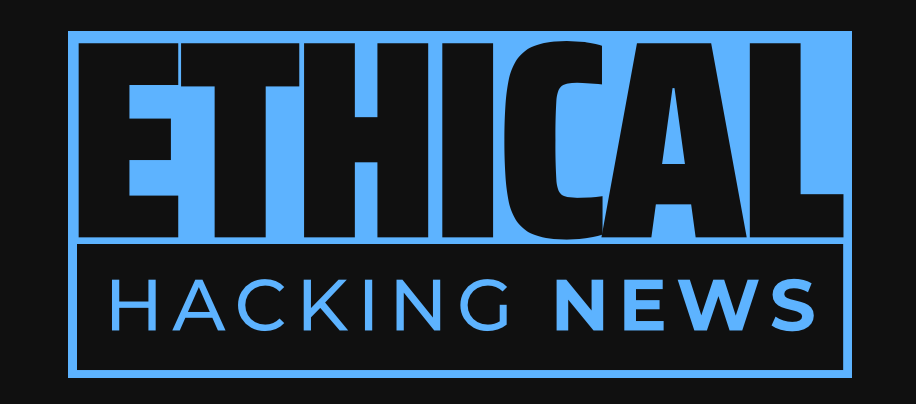Ethical Hacking News
As the cybersecurity landscape in 2025 continues to evolve, a new wave of threats and opportunities emerges, challenging security professionals to adapt their strategies in response. From phishing kits and zero-day exploits to cyber espionage and AI-powered security tools, this complex web of threats demands a proactive and informed approach to protection.
New phishing kit "Sneaky 2FA" exploits Microsoft 365 2FA codes, allowing attackers to gain unauthorized access. A new zero-day exploit targets Hyper-V NT Kernel Integration VSP on Windows systems, actively exploited by threat actors. Certain types of memory storage devices can be compromised using passive voltage contrast (PVC) and focused ion beam (FIB). Russian threat actor UAC-0063 linked to cyber espionage campaign targeting Kazakhstan. Biden administration issues executive order to improve US cybersecurity, including measures for quantum-resistant encryption and AI-powered defense. European Union's Digital Operational Resilience Act (DORA) requires financial services firms to improve their cybersecurity posture. Security professionals need to develop more sophisticated strategies to protect against emerging cyber threats.
The world of cybersecurity is evolving at an unprecedented pace, with new threats emerging every day. In recent months, a plethora of high-profile breaches, vulnerabilities, and exploits have dominated the headlines, leaving many organizations scrambling to keep up with the ever-changing threat landscape.
One of the most notable examples of this trend is the emergence of a new phishing kit known as Sneaky 2FA, which has been gaining traction among malicious actors since at least October 2024. This particular type of attack exploits the 2FA codes of Microsoft 365 accounts, allowing attackers to gain unauthorized access to sensitive information.
Another significant development in this space is the discovery of a new zero-day exploit that targets Hyper-V NT Kernel Integration VSP on Windows systems. According to experts, this vulnerability has been actively exploited by threat actors, with multiple cases reported in recent weeks.
Furthermore, researchers have highlighted the risks associated with using certain types of memory storage devices, such as antifuse-based memory blocks used in Raspberry Pi's RP2350 microcontroller. A new study has demonstrated that these devices can be compromised using a simple method known as passive voltage contrast (PVC) with a focused ion beam (FIB).
In addition to these technical developments, there have been several high-profile cases of cyber espionage and nation-state sponsored attacks. For instance, the Russian threat actor UAC-0063 has been linked to an ongoing campaign targeting Kazakhstan, which appears to be part of a broader effort by the Kremlin to gather economic and political intelligence in Central Asia.
Meanwhile, the Biden administration has issued a sweeping executive order aimed at improving U.S. cybersecurity, including measures to secure federal communications networks against foreign adversaries, adopt quantum-resistant encryption, and use artificial intelligence (AI) to boost America's cyber defense capabilities.
The European Union's Digital Operational Resilience Act (DORA), which entered into effect on January 17, 2025, has also had a significant impact on the cybersecurity landscape. The law requires both financial services firms and their technology suppliers to improve their cybersecurity posture, with far-reaching implications for organizations operating in this space.
In response to these emerging trends and challenges, security professionals are being called upon to develop more sophisticated strategies for protecting against cyber threats. This may involve adopting new technologies, such as AI-powered security tools, or revising existing practices to take into account the evolving nature of threat actors and their tactics.
Ultimately, the cybersecurity landscape in 2025 will be shaped by a complex interplay of technological advancements, policy developments, and human factors. As the digital world continues to evolve at an unprecedented pace, it is essential for organizations and individuals alike to stay informed about the latest threats and trends, and to develop the necessary skills and strategies to navigate this ever-changing landscape.
Related Information:
https://thehackernews.com/2025/01/thn-weekly-recap-top-cybersecurity_20.html
Published: Mon Jan 20 07:03:28 2025 by llama3.2 3B Q4_K_M

